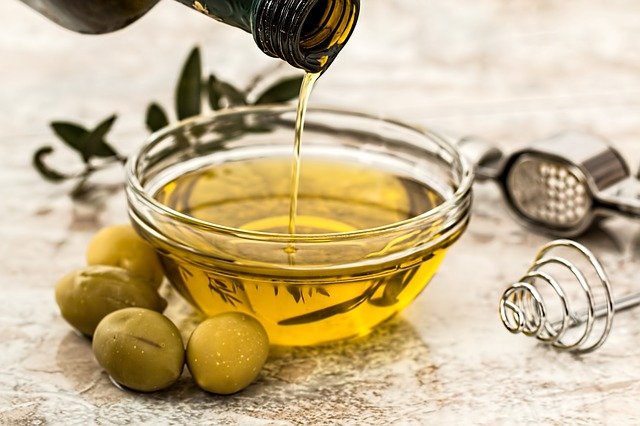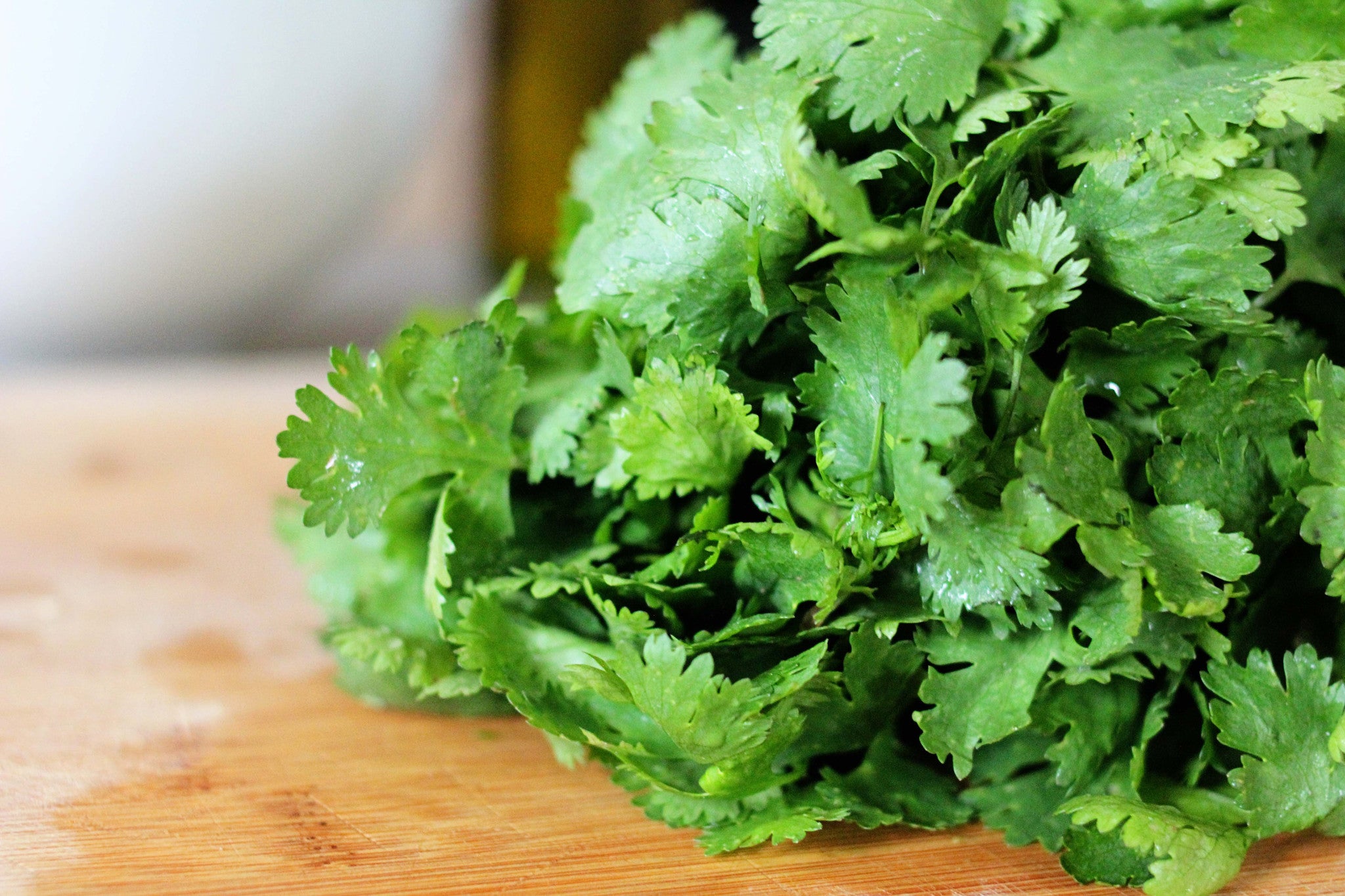
You don't have to cut out salt completely from your diet. You can still enjoy a wide variety of tasty foods without the high sodium content. The key is to choose healthy foods. A few of these examples are processed meats, canned goods, and cheese. In addition, you can opt for low-sodium tomato juice and paste. Low-sodium milk and meat will help you save time and money.
You can find whole-grain pasta and fresh fruits among the foods low in sodium. Nuts are rich source of healthy fats and a great source protein, fibre, and other essential vitamins and minerals. They are also rich in antioxidants that fight free radical damage as well as the negative effects of salt. This article will help you to reduce sodium intake.
Food labels should clearly indicate the sodium content to avoid any adverse effects. Look out for "Heart-Check", which is a seal that indicates the sodium content. High sodium levels are a major problem with processed meats. You should avoid them. Make sure to inspect the ingredients and check that they are labeled "low salt" or "low sulphite." You can also cook with fresh herbs if you aren't sure. Other options include garlic powder, onion powder, or celery seeds.
Reduce your sodium intake by substituting low-sodium processed cheese with it. Try substituting cottage cheese, mozzarella, or buttermilk for these substitutes. You can substitute table salt for spices, or switch canned drinks to homemade juice. Avoid canned foods and roasted salted peanuts. Avoid these foods as they are high in sodium. It is best to thoroughly rinse cans with water before they are consumed.
Try to spread sodium throughout your day in order to avoid overeating. Choose fruits and vegetables to reduce your sodium intake. Ask for less salt when you eat out. Custom-made dishes are healthier for you and contain less sodium. Ask for sauces and dressings if you're ordering from a restaurant. Ask for lower-sodium options if you dine out.

The first step to follow when reducing sodium intake is to check the labels of the foods you eat. Always read the label. You can read the serving size, the ingredients, and the sodium content. A product should not have more that 140 mg sodium per serving. To make your popcorn more flavorful and to help you adhere to a low-sodium diet, you can add spices. This snack is a good source of fiber, and it is low-sodium.
You should avoid salty foods but there are some foods that are low sodium. Whole grains and breads have high fiber and low sodium. Rice bran, for example, is a great source of fiber and contains only 6 mgs sodium per cup. Be aware that whole grain products can contain additional salt. For example, multigrain bread has nearly 170mgs sodium.
If you want to reduce sodium in your diet, try eating fresh fruit. Fresh fruits are low on sodium and full of essential vitamins and minerals. One milligram is the equivalent of 6% of your daily sodium intake. An example: an apple has about one millionmg of sodium. Greek yogurt has the same sodium content as plain yogurt. However, it contains more protein so it's a good option if you want to watch your sodium intake. It is also rich in potassium which is crucial for maintaining healthy levels of blood pressure.

Some foods are very high in sodium. They are still very low when compared to other foods. Although vegetables are rich in fiber and naturally low sodium, they are also high in sodium. For example, a cup beets will have 84 milligrams and half a cup of spinach will have 63 milligrams. Other "salt-free" foods include asparagus, corn, green beans, and avocado.
FAQ
What Are the Requirements To Be a Chef?
A bachelor's degree in culinary art is necessary to become a professional chef. A number of ACF tests will be required. A certificate will verify your qualifications once you have met all of these requirements.
How Do I Learn About Cooking?
Cooking classes are available throughout the country. Many schools offer courses on baking, pastry, or wine tasting. You can take a class at your local vocational school or community college if you are interested in learning more about cooking.
Are there any ingredients that I must buy in order to make a meal?
You don't have to buy all ingredients. Many grocery stores carry pre-made sauces and items that can be used as substitutes. Premade meals are an option if you're looking for a way to save some money.
Do I need special equipment to cook?
To learn to cook, you don’t need to have any special equipment. However, having the right tools can make cooking easier. You could, for example, use a spoon to make pasta or a whisk to whip the egg whites into stiff peaks. Having the right tools can make cooking less daunting and allow you to get started faster.
Is there a better way to learn to make delicious meals?
Cooking is one of those things that everyone should know how to do. Cooking is a skill that will allow you to enjoy delicious food. When learning how to cook, the first thing to do is find a recipe you love and follow it closely. Next, practice making small tweaks to the recipe until the dish is your own. The last step is to cook for others. This will improve your cooking skills as well as test your culinary abilities.
What is the average time it takes to become a chef? What is the average career track?
It takes five years to become a chef. You will be able to learn basic cooking techniques as well as gain practical experience working in a kitchen. You can apply for line, sous or executive chef positions after you complete your training. A chef can earn between $25,000 and $60,000 annually.
Statistics
- under 10 Kids have been taught that there is special food just for them, and Fiese says that 10 percent of kids will throw a tantrum if they don't get the food they want. (washingtonpost.com)
- In the United States, the category is estimated at $23.2 billion annually and is growing faster than the market. (washingtonpost.com)
- The median pay for a chef or head cook is $53,380 per year or $25.66/hour, according to the U.S. Bureau of Labor Statistics (BLS). (learnhowtobecome.org)
External Links
How To
How to use an Instant Pot
The instant pot is one of the most popular kitchen appliances available today. It's simple to use, extremely versatile, and very affordable. The instant pot allows you to make delicious meals from scratch in minutes!
Let's start by giving you some background information about instant pot. An instantpot is basically a pressure cooker which uses steam to quickly heat food. This means there is no need to butter or oil. You just add water and put the ingredients into the pot. You can then press the button to release the pot and go. After cooking, you simply open the lid and eat. That's it! There's no mess, no fuss, or cleanup!
Now that we know what an instant pot is let's start. Start by downloading the app. The app is free and simple to use. Just choose your recipe, set the timer (you can do 30 minutes or 1 hour), select your desired temperature, and then start cooking. Your meal will be ready when the timer goes off. For step-by–step instructions, see the video below.
Next, when you're done eating, don't forget to clean up. Cleanup is made easy by the special liner, which can be used in the dishwasher. Just rinse the pot, remove the liner, and throw it in the washing machine. Amazon is a great option if your search for instant pots ends here. They offer different sizes, shapes, colors, and prices. You should check them out.
In conclusion, the instant pot is an amazing appliance that takes the stress out of cooking. It not only saves time, but also saves money. These healthy recipes can be enjoyed without the need to spend hours in a kitchen. Enjoy!